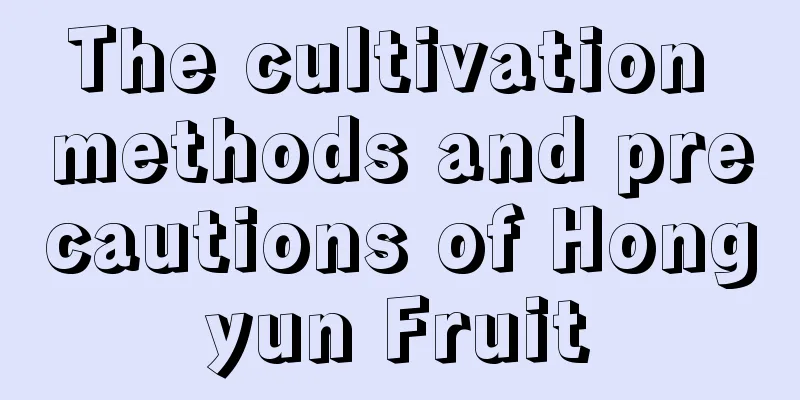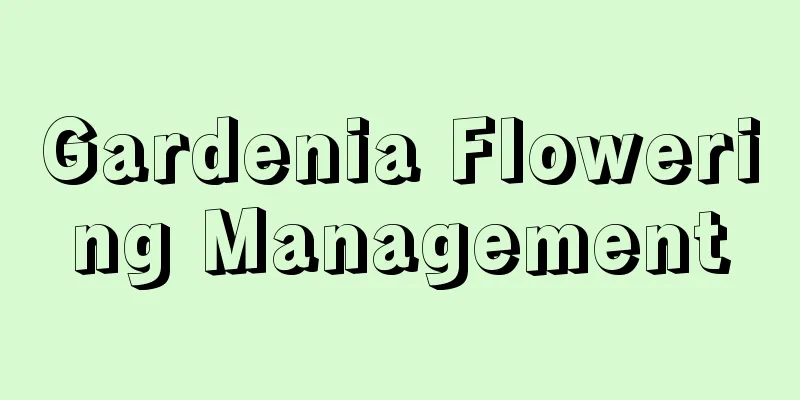Fertilization period characteristics and fertilizer types for apple trees (Brief description of the fertilizer requirements for apple growth)

Apple trees of different ages require different fertilizers1. Fertilizer requirements of young apple trees The purpose of fertilizing young apple trees is to cultivate strong plants and allow the young trees to take shape quickly, laying the foundation for future high yields of apple trees. The growth of young apple trees is mainly the growth of branches, leaves and roots, and they require more nitrogen and phosphorus fertilizers, and less potassium fertilizers. Nitrogen fertilizer can promote the growth of branches and leaves, and phosphorus fertilizer can promote the growth of roots. 2. Characteristics of fertilizer requirements for mature trees Adult trees require more fertilizer than young trees, and flowering, fruiting and pruning of adult trees consume a lot of nutrients. As the age of the tree increases, the apple tree not only has an increased demand for large elements such as nitrogen, phosphorus and potassium, but also has a greater demand for medium and trace elements. The supplementation of medium and trace elements must not be neglected. The main purpose of adult tree growth is to produce fruit, and they require the most nitrogen and potassium fertilizers, followed by phosphorus. The fertilizer requirements are not the same in different growth periods. The summer months of May to July are the peak growth period, requiring more fertilizer, while the fertilizer requirements are relatively less in winter after the leaves fall. Fertilizer requirements of apples in different growing seasons1. Characteristics of fertilizer requirements in spring:Apple trees will sprout new buds, expand leaves, grow branches and bloom in spring, and they require more nutrients. The supply of nutrients in spring is mainly completed by the nutrients stored in the previous year. If more nutrients are stored in the previous year, the growth in spring will be better this year. Otherwise, it will affect the growth in spring. 2. Characteristics of fertilizer requirements in summer:Summer is the peak growth period for apple trees. At this time, flowering has been completed, young fruits have been formed, and there are more branches and leaves. During this period, the apple tree is mainly in the stage of nutrient assimilation. The apple tree relies on a large number of leaves to carry out photosynthesis to synthesize nutrients for the growth of the apple tree. 3. Characteristics of fertilizer requirements in autumn:In autumn, apples begin to bear fruit. Different varieties of apples begin to mature one after another. The growth during the maturity period is mainly the expansion of the fruit. Fruit growth requires more nitrogen and potassium fertilizers and less phosphorus. At this time, lack of fertilizer will affect the yield and quality of apples. 4. Characteristics of fertilizer requirements in winter:After the apples are harvested in winter, the apple trees' consumption of nutrients decreases and they enter the stage of storing organic nutrients. The amount of nutrients stored at this time affects the growth in the following year. After apples are harvested, base fertilizer should be applied to replenish the nutrients consumed by fruiting and at the same time store enough nutrients for the apple trees to grow in the next year. |
Recommend
Where do the seeds of the longleaf pine come from?
Where do the seeds of the longleaf pine come from...
How to care for hydroponic lilies
Lily hydroponic method Before hydroponically grow...
What to do if the branches of the peace tree turn black?
1. Control watering The branches of the peace lil...
How to grow eggplants big and healthy (the best way to grow and manage eggplants for high yields)
How to make eggplant grow big and good Many peopl...
What are the early-maturing and high-yielding varieties of wheat?
Wheat is a cereal crop that is widely grown aroun...
Can loquat seeds be planted?
Can loquat seeds be planted? Loquat seeds can be ...
Saffron planting technology and cultivation management (Detailed explanation of saffron planting conditions and environment)
Saffron Growing Conditions The most suitable clim...
Cultivation methods and precautions of lotus bud
1. Soil To grow lotus flowers, you need loose, br...
How to transplant old leek roots
Chives are native to China. They are rich in nutr...
Can alum root be hydroponically cultivated? Hydroponics methods and precautions
Can alum root be grown hydroponically? Alum root ...
How to propagate Guanyin Lotus
1. Planting The Alocasia odora is a succulent pla...
How to grow the stick-leaf tiger tail orchid straight
1. How to grow straight hair Generally, in the na...
Differences between Palm and Bamboo
1. Different plant types The palm tree is a tall ...
Can avocados be grown in the south?
Can avocados be grown in the South? Avocado can b...
Feng Shui of Ivy Placement
Balcony facing the main door If the balcony in yo...









